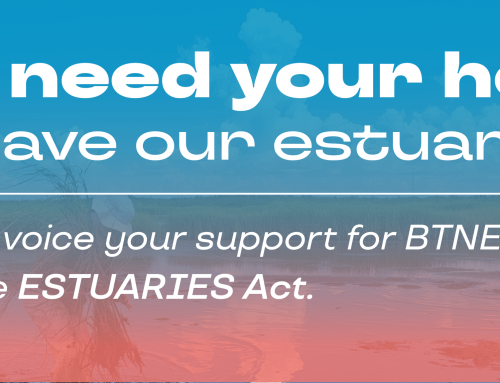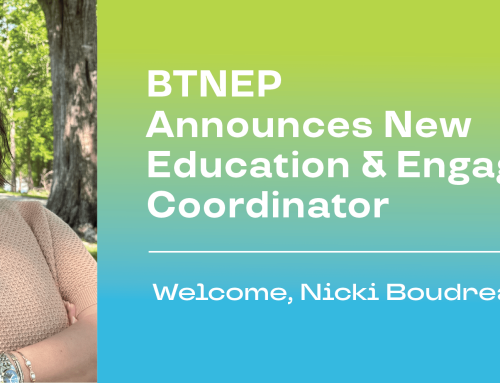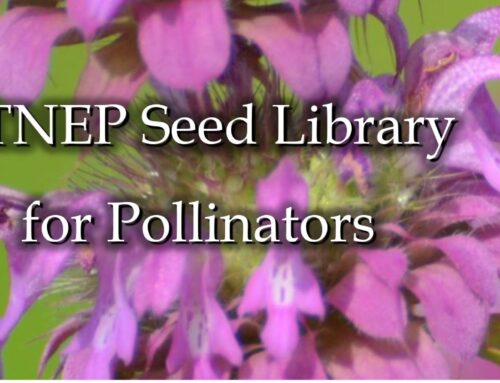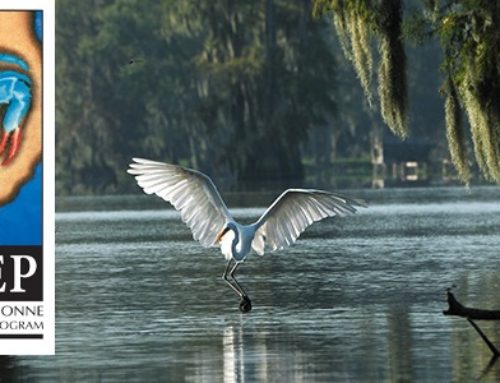More than 40 volunteers traveled to the newly created Spanish Pass Ridge and Marsh Complex in Plaquemines Parish to plant over 3,300 native plants and grasses; providing soil stabilization and habitat for native animals.
THIBODAUX, La. — In partnership, the United States Army Corps of Engineers (USACE) and Coastal Protection and Restoration Authority (CPRA) funded the restoration of a new ridge in southern Plaquemines Parish in 2018 through the Louisiana Coastal Area Beneficial Use of Dredged Material program (BUDMAT). The project, referred to by locals as the Tiger Pass/Spanish Pass project, is already showing huge success. What was once open water now stands as a ridge.
BUDMAT funds projects that can beneficially use the excess dredged material from navigable waterways in coastal Louisiana. Through this program, the USACE funded 75% of the project budget and handled the dredging contract, and the remaining 25% was funded by the state through CPRA. The completed land, now officially known as the Spanish Pass Ridge and Marsh Complex, was acquired by Plaquemines Parish.
“We are always very excited to see organizations other than just the usual State and Federal agencies get involved in coastal restoration projects. It says a lot about their concern for the environment and our Louisiana coast that they would volunteer their time and resources to help restore a historic coastal feature, in this case planting trees on a recently restored ridge that was created from dredged sediments from the Mississippi River. Their tree plantings will help stabilize the ridge, provide habitat for migratory birds, and help provide a natural ridge that assists in reducing storm surge in that area,” said Brad L. Inman, CPSS, PMP, Chief, Projects Branch, Programs & Project Management Division, Projects and Restoration Branch, United States Army Corps of Engineers, New Orleans District. “We greatly appreciate the role that the Barataria-Terrebonne National Estuary Program had in bringing the University at Buffalo and Shell Oil Company to the table and coordinating their efforts. With everyone’s help we can make a difference in restoring and protecting our Louisiana coastal wetlands. Thanks to all the volunteers who helped make this happen.”
The project’s footprint spans over 500 feet wide, and nearly 5,000 feet long, with the ridge’s highest point at 6 feet in elevation. After the project ended, funding ceased and there was no money allocated for adding vegetation to the newly established land and marsh.
With preservation, protection, and restoration at the core of the Barataria-Terrebonne National Estuary Program (BTNEP), the program stepped in to help. The Spanish Pass and Marsh Complex lies in the southeastern region of the area that BTNEP services.
The Barataria-Terrebonne Estuary Foundation (BTEF), the fundraising arm of BTNEP, received funding from Shell Oil Company through the Saving Marshes and Ridges Together (SMART) initiative. This initiative with Shell is designed to facilitate habitat enhancement and infrastructure protection projects near Port Fourchon and Venice, Louisiana.
Shell Oil Company (Shell) and BTNEP have a long-standing relationship of working together to protect the coast, as each year Shell employees join BTNEP volunteers to plant trees and grasses in coastal Louisiana.
“Shell and our people appreciate the opportunity to make an on-the-ground difference in protecting and restoring Louisiana’s working coast through events like this one with our long term coastal restoration partner BTNEP.” said Rick Tallant, Vice President, Production, Gulf of Mexico — Shell.
Working with Plaquemines Parish coastal zone managers, 40 volunteers including Shell employees and student volunteers from the University at Buffalo of New York planted over 3,300 native trees and grasses on the Spanish Pass Ridge and Marsh Complex in a single day.
“Planting trees with BTNEP was such an amazing experience. Planting trees on the ridges that will help sustain not only the land but surrounding wildlife, furthered my passion for environmental volunteerism. I hope to return to Louisiana and plant some more in the future. Thank you BTNEP!” said Claire Breslin, University at Buffalo, Linguistics Major.
The planted grasses and trees will work to stabilize the newly formed land, and provide a habitat to the native animals of the area.
“This project is a shining example of the importance of utilizing partnerships and building relationships through our program to accomplish the challenging goals of protecting, preserving, and restoring the Louisiana coast.” said Seth Moncrief, Public Involvement Coordinator for BTNEP.





